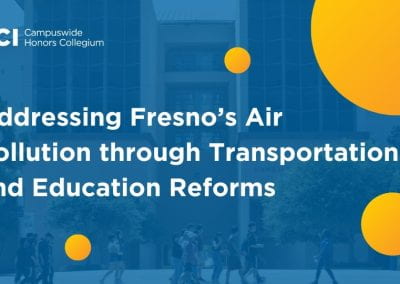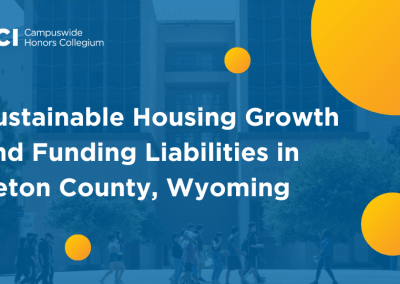An Urban Heat Island Mitigation Strategy Proposal
Abstract
With the acceleration of climate change, urban areas are experiencing record high temperatures. Las Vegas, Nevada experiences an extreme urban heat island (UHI) effect, with temperatures hot enough to cause heat-related illnesses. Within Las Vegas, low-income and marginalized communities experience the UHI effect to a higher extent than wealthier and predominantly white neighborhoods. This disproportionate impact is felt in large part by a lack of green spaces in disadvantaged communities. In order to assess possible mitigation strategies in Las Vegas, extensive research on the UHI effect, the UHI effect in Las Vegas, and mitigation strategies was completed, placing a focus on neighborhoods located where the UHI effect is most pronounced. Through this research, we concluded that green roofs are a promising solution to mitigating the UHI effect in Las Vegas due to their ability to lower temperatures through evapotranspiration. Using ArcGIS technology, we narrowed down our scope to areas most afflicted by the UHI effect, which were located in predominantly low-income and minority — specifically hispanic/latinx and black — neighborhoods. Three low-income housing units were selected for our recommendation of green roofs (two for low-profile green roofs and one for a multipurpose community garden) to address equity issues for marginalized communities. The units were measured for square footage, and total costs were calculated for the project. We expect this project will require $3.5 million in funding to cover the installation, maintenance, and services for the green roofs. With the growing threat of climate change and rapid urbanization, implementing the green roofs is a necessary first step towards mitigating the UHI effect. If the project is successful, we hope to expand the scope of implementation for green roofs in Las Vegas and other UHI hot spots across the United States.



